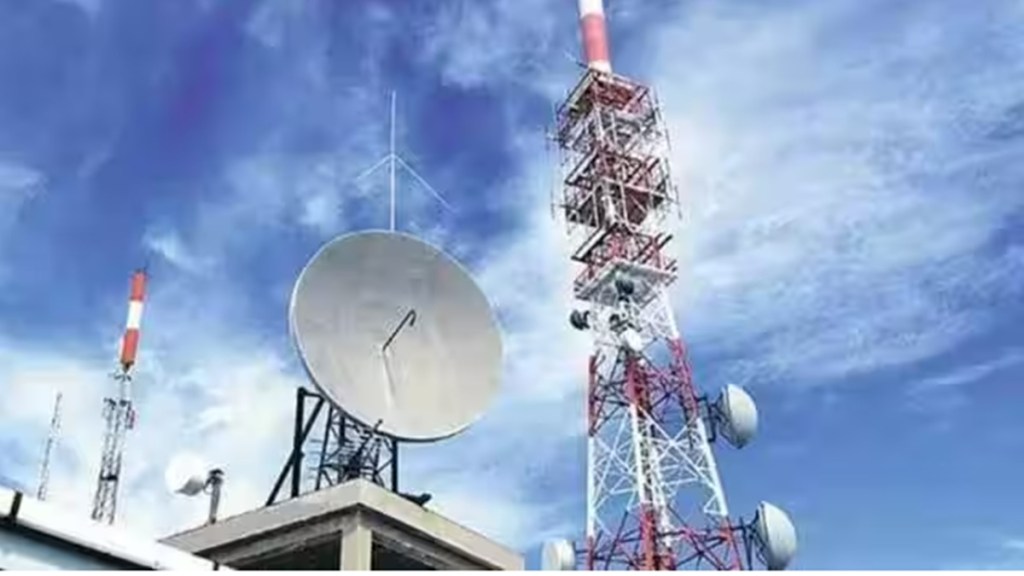Telecom operators – Bharti Airtel, Reliance Jio and Vodafone Idea – are expected to see a steady sequential revenue growth in the July-September quarter backed by continuous increase in data consumption and improved subscriber mix, analysts said.
The telecom operators are expected to report a near 3% QoQ increase in the revenue collectively, according to average estimates of three brokerage houses, which is marginally higher than 2.6% growth in the July-September quarter. While Airtel and Jio are expected to report a 3-4% increase in revenue, Vodafone Idea’s revenue growth is seen at 2% QoQ owing to increase in entry level feature-phone tariff hike, analysts said.
Besides data consumption, higher 4G subscriber additions and traction in enterprise business will also aid both Airtel and Jio during the quarter. Vodafone Idea, however, will continue to lose subscribers on the back of weak network spends in the absence of fundraise.
With regard to the bottomline, Vodafone Idea will likely see its losses narrowing marginally to Rs 7,810 crore from Rs 7,840 crore in the July-September quarter, according to analysts. Airtel is expected to see around 18% QoQ increase in net profit to Rs 3,400 crore at a consolidated level. Jio Platform’s net profit is expected to increase 5% QoQ to Rs 5,350 crore, according to analysts.
Jio Platforms is a subsidiary of Reliance Industries, which houses other digital and content-oriented operations of the parent apart from the telecom business.
“We expect India telcos to report a stable set of numbers in 2Q (July-September). This quarter also has one extra day,” said BofA Securities in a note.
Further, the operating profit or EBITDA of Airtel and Jio is expected to be stable, despite higher costs for rolling out 5G, according to analysts.
According to brokerage house Jeferries, Ebitda margins are expected to expand for Jio and Airtel as operating leverage advantages will be there.
BofA Securities expects an EBITDA margin of Bharti Airtel at 52.4% (largely flat QoQ), whereas margins for Jio are seen at 52.6% (up 15 bps QoQ). “For Vodafone Idea, we expect an EBITDA margin of 39% flat qoq as we expect operational leverage led by ARPU hike to be offset by higher personnel expenses/network opex,” the brokerage said.
On the operating metrics of telecom operators, overall subscriber growth is expected to be higher. “We expect aggregate subscriber additions to rise QoQ to 14 million in 2Q (12 million in 1Q), led by Jio,” Jeferries said.
Jio is expected to add 10-11 million net subscribers, while Bharti’s subscriber additions are expected to remain steady QoQ at 3 million, with strong 4G subscriber adds of 6 million, analysts said. Vodafone Idea is expected to lose 2 million subscribers.
At the end of June, Bharti Airtel’s mobile subscriber base was at 339 million, while that of Jio and Vodafone Idea was at 448.5 million and 221.4 million, respectively.
Lately, growth in subscriber base has been weak, owing to inflation. Further, feature phone to smartphone upgrade has been slower due to higher prices of smartphones. Analysts, however, believe that growth in data usage with increase in 5G penetration will continue to drive ARPUs for the telecom operators in the absence of tariff hikes.
Among the operators, Bharti Airtel’s ARPU is seen at Rs 204, an increase of 2% from Rs 200 in the preceding quarter, whereas Jio’s ARPU is expected to increase 1.4% to Rs 183, and that of Vodafone Idea will likely increase 2% QoQ to Rs 142.
Analysts said, going ahead, fixed wireless access (FWA) would likely be the focus area for Jio and Bharti. The economics for FWA will improve given moderating costs of consumer premise equipment for FWA.
The investors will keep a close eye on the guidance by telcos on the next leg of tariff hikes, capital expenditure, monetisation of 5G, and data consumption trends, among other things.

